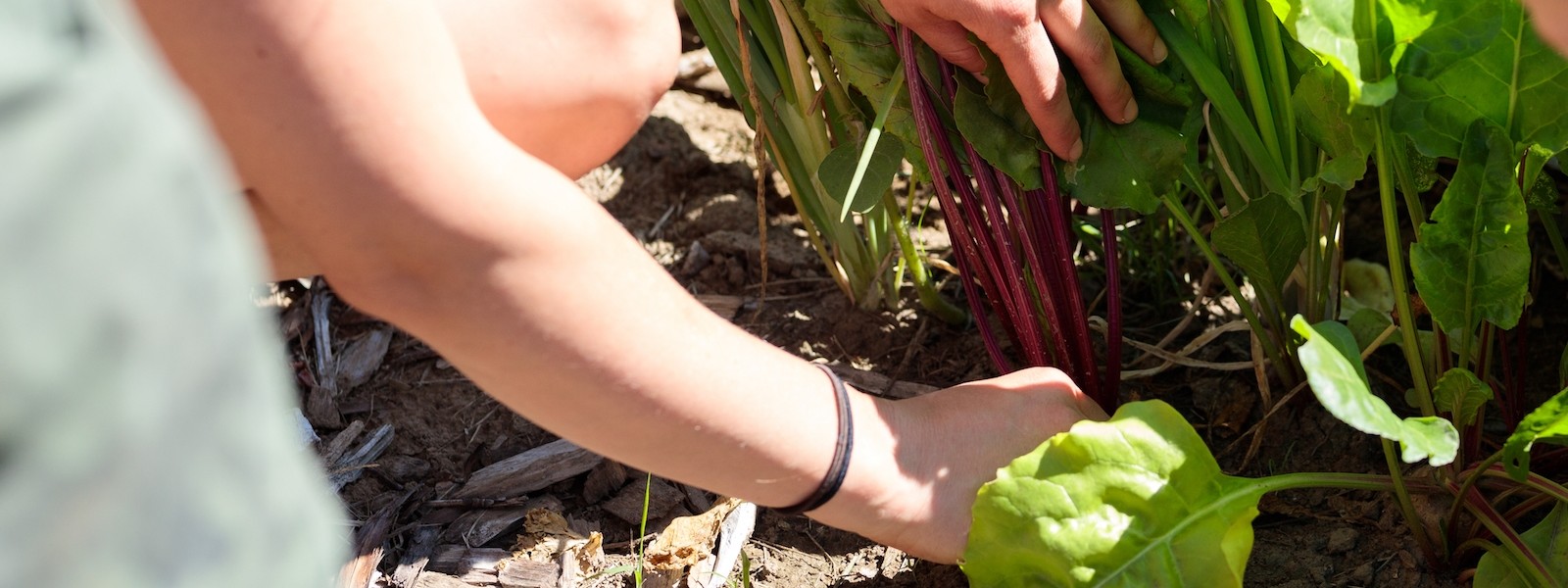
Gardening Tips
- Beneficial Insect: Tachinid Fly – They are North America’s largest and most important group of parasitic flies, with at least 1300 species in the U.S. Celebrate these guys! Read more →
- Pest: Squash Bug – Even though they have the most gorgeous eggs, you don’t want to find these on the undersides of your squash plants. Find out about the ways to keep these bugs at bay using natural methods and processes. Read more →
- Beneficial Insect: Soldier Beetles – These beetles are related to fireflies. Just like our fiery friends, we also like to keep these soldiers around as they prey on pests that may be lurking among your plants. Read more →
- Pest: Rose Chafer – These beetle-like bugs are very common. Unfortunately they are not friends. They can skeletonize the leaves of your plants quickly and thoroughly. Read more →
- Pest: Root Maggot – Root maggots particularly plague Brassica crops, able to detect easily your newly planted and delicate seedlings. Stop them before they become established! Read more →
- Beneficial Insect: Pirate Bug – Ah-hoy! Appropriately named, these bugs are villains toward other pests in your garden. Read more →
- Beneficial Insect: Ladybug – Welcome ladybugs into your garden not only for their cute color, shape and pattern, but for their pest-eating capabilities. Read more →
- Beneficial Insect: Lacewing – These beautiful, slender insects are attracted to lights and are commonly found clinging to window screens at night. But don’t swat them… they’re a big help in the garden. Read more →
- Pest: Hornworm Caterpillar – Hornworm caterpillars are a pest. They can get huge while munching on your tomato plants. The best method for control in the home garden is hand picking. Understanding their lifecycle is a good place to start. Read more →
- Beneficial Insect: Syrphid Fly or Hover Fly – These guys are your friends! Adult hover flies resemble small wasps, with a black and yellow or white striped abdomen. They will hover like a hummingbird as they drink nectar from flowers. Hover flies do not sting. They range in size from 1/4” to 1/2” depending on the species. The adults are the pollinators and its the larvae that consume pests. Read more →
